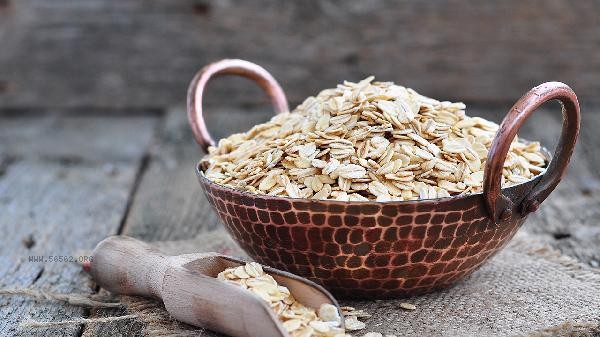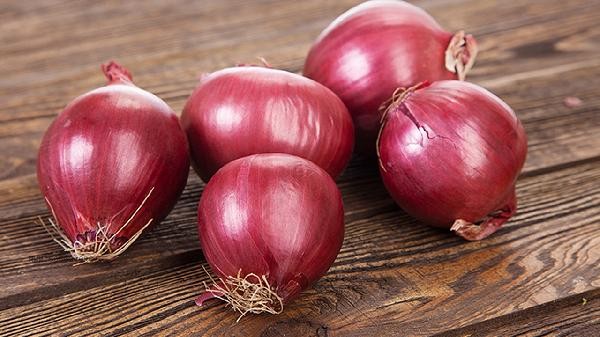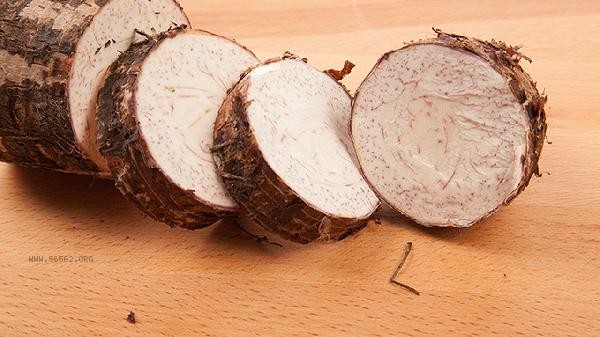Low carbon staple foods mainly include konjac products, cauliflower rice, zucchini noodles, almond powder baked goods, and flaxseed powder products. These foods have low carbohydrate content and are suitable as alternatives to traditional staple foods for people who control blood sugar or lose weight.

1. Konjac Products
Konjac is rich in glucomannan, with only 3 grams of carbohydrates per 100 grams. Konjac rice, konjac noodles and other products have a taste similar to staple food, and can enhance satiety when swollen with water. People with weak gastrointestinal function need to control their intake to avoid discomfort such as bloating.
2. Cauliflower Rice
Cauliflower rice is made by cutting cauliflower into small pieces, containing 5 grams of carbohydrates per 100 grams. Rich in vitamin C and dietary fiber, it can replace rice to make Fried Rice or mixed rice. Individuals with thyroid dysfunction should cook and consume to avoid consuming raw food that may affect iodine absorption.
3. Zucchini Noodles
Vegetable noodles made from shredded zucchini, containing 3.5 grams of carbohydrates per 100 grams. Rich in potassium and water, suitable for cold dishes or quick blanching before consumption. People with renal insufficiency should pay attention to controlling their intake.

4. Almond powder baked goods
Low carbon bread, cookies, etc. made from almond powder contain 10 grams of carbohydrates per 100 grams. Provide high-quality protein and vitamin E, but with high calorie intake that needs to be controlled. Nut allergy sufferers should avoid consumption.
Five, Flaxseed Powder Products
Flaxseed powder mixed with eggs makes a thin pancake, containing 1 gram of carbohydrates per 100 grams. Rich in omega-3 fatty acids, it needs to be sealed and stored to prevent oxidation and deterioration. For those with weak digestive function, it is recommended to consume small amounts multiple times. When choosing low-carbon staple foods, attention should be paid to balanced nutrition, and it is recommended to consume high-quality protein and healthy fats together. Long term adoption of low-carbon diets requires monitoring of blood ketone levels, and special populations such as pregnant women and adolescents should adjust their dietary structure under the guidance of nutritionists. Recommended cooking methods include steaming, cold mixing, and other low oil and salt methods to avoid damaging nutritional components during high-temperature frying. Regularly rotate different types of low-carbon staple foods to ensure access to diverse nutrients.









Comments (0)
Leave a Comment
No comments yet
Be the first to share your thoughts!